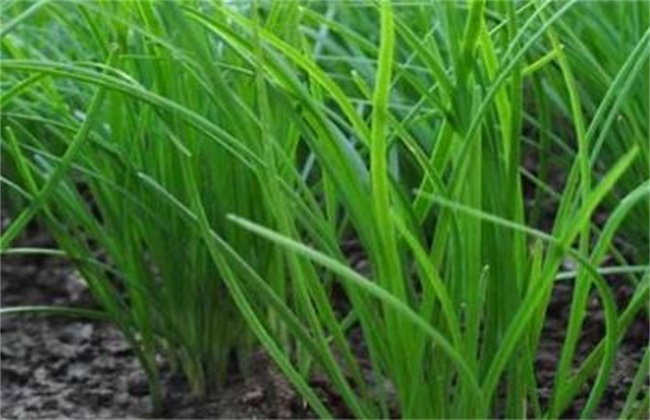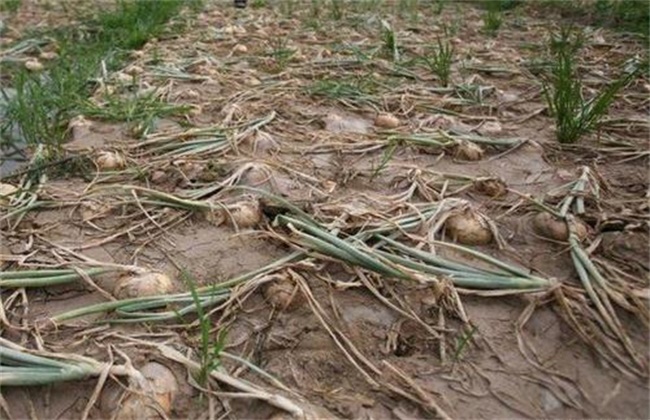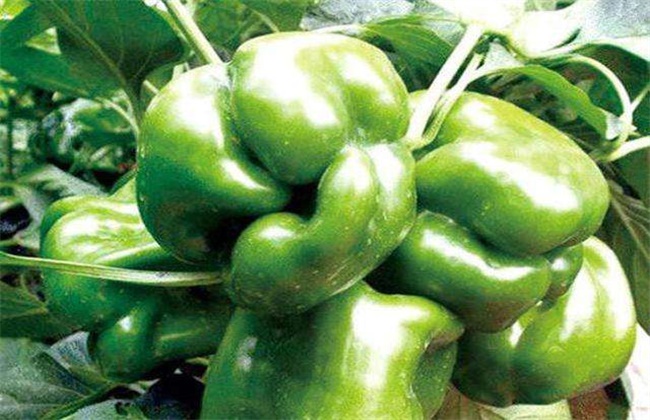What do you mean by tillering leek?
Leek is a very common vegetable in our daily life, which has a very high nutritional value and is welcomed by many people. Now the planting area of leek is still very large. When growing leeks, if we want to increase the yield of leeks, then the tillering of leeks is very important. But there are a lot of people do not know the meaning of leek tillering. So today, the editor will introduce to you what it means to tiller leek. Let's take a look at it.

1. What is tillering
Leek is mainly like stem, the terminal bud will grow at the top of the plant, and the terminal bud will continue to differentiate into new leaves. The root system grows in the lower part, when the top bud leaves of the seedlings are about 6-7. The upper end will begin to sprout lateral buds, and the lateral buds will form a separate plant and begin the first tillering work. When the first tiller develops into a new individual plant, and has a certain amount of growth, if the nutrition is sufficient, then the lateral buds will begin to sprout and the cycle will begin. When the new plant grows to a sufficient size, the leaf sheath that surrounds it will be broken and become an independent new plant. Then the tillers will be tilled over and over again.
2. Tillering ability of Chinese chives.
The tillering ability of leek varies according to the planting variety and planting conditions of leek. For example, if the seeds are usually sown in the spring of that year, if there are good planting conditions, at least half of the plants will be able to form tillers and some can form two tillers by July-August of that year. The tillering of leek is the main way to renew and rejuvenate itself and delay the aging time. For 2-3-year-old leek plants, it is in a period of vigorous growth, at this time, the tillering ability of leek is also very strong, and some can even tiller dozens of plants after three years.
3. Relationship between planting density and tillering.
When planting leeks, the higher the planting density, the less the number of tillers of leeks. Many people have been sparsely planted, and in the previous two years, they mainly provided a growing environment for increasing the amount of tillers. Only when the number of tillers reaches a certain number can the yield be guaranteed after about 3 years. Now, if leeks are produced in protected areas, most of them pay attention to high-density planting, and the fruits and vegetables will be cut off after about three harvests in the winter of that year.
4. Tillering characteristics
The tillering of leek will not increase indefinitely, if new tillers continue to appear, then the old plants will continue to die. Especially for the old plants in the middle of the clump, because their nutrient conditions are relatively poor, so the mortality rate will be relatively high. Therefore, the number of tillers per leek cannot be increased indefinitely. After a certain period of time, the number of leek plants will remain in a relatively stable state, and sometimes will be reduced. Therefore, we should pay attention to timely updates, can no longer continue production.
The above is a brief introduction to what it means to tiller leek. That's all for today's introduction. This article is for reference only. I hope it can help you all.
Related
- Where is it suitable to grow horseradish in China? it is expected to see the middle altitude horseradish in Alishan.
- How to prevent tomato virus disease reasonably? (Control methods included)
- Many people like to plant towel gourd on the balcony. What are the main points of this method and management?
- What crops can chili peppers be mixed with?
- Fertilization techniques and matters needing attention in Tomato
- What are the grafting techniques for peach seedlings in spring?
- Harm and control methods of root swelling disease of Chinese cabbage
- What are the pests of sweet potatoes? How to prevent and cure it?
- Symptoms, causes and Control methods of navel Rot in Tomato
- The cause of "Cucumber rotten bibcock" in Farmers' planting Cucumber and its Control Plan



